Clifford J. Hearn0521807409, 9780521807401, 9780511394485
Table of contents :
0521807409……Page 1
Title……Page 5
Copyright……Page 6
Contents……Page 7
Preface……Page 11
Acknowledgements……Page 13
Note on mathematics and model codes……Page 15
1.1 Coastal basins……Page 17
1.2 Geomorphic classification of ocean basins……Page 18
1.2.2 Fjords……Page 19
1.2.3 Bar-built estuaries and inland lagoons……Page 21
1.2.5 Coral reefs and open-coast lagoons……Page 22
1.2.7 Continental seas……Page 25
1.3.2 Wetting and drying……Page 26
1.3.3 Modeling tidal influences……Page 27
1.3.4 Bottom friction……Page 32
1.3.7 Rapid response……Page 33
1.3.9 Pressure gradient……Page 34
1.3.10 Time and space scales……Page 35
1.3.11 Surface gravity waves……Page 36
1.3.12 Stratification……Page 37
Wind-driven gyres……Page 38
1.4.1 The changing etymology of modeling……Page 39
1.4.2 Physical models……Page 40
1.4.4 Simulation models……Page 41
1.4.5 Synthesis models……Page 42
1.4.6 Integrated models……Page 44
1.5 Terminology in the sciences of water flow……Page 45
1.6 Further reading……Page 47
2.1 Position of a point……Page 48
2.3 Velocities……Page 51
2.4 Fluxes……Page 54
2.5 Two-dimensional models……Page 57
2.6 Volume continuity equation……Page 58
2.7 Sources and sinks……Page 63
2.8 Linearized continuity equation……Page 68
2.9 Potential flow……Page 70
2.10 Conformal mapping……Page 77
2.11 Further reading……Page 82
3.1 The value of box models……Page 83
3.3 Examples of box models……Page 84
3.3.1 River flow……Page 85
3.3.2 Evaporation……Page 90
3.3.3 Ocean exchange……Page 94
3.3.4 Surface heating……Page 99
3.4.1 River flow……Page 102
3.4.2 River flow plus evaporation……Page 107
3.5 Simple models of chemical and biological processes……Page 108
3.6 Further reading……Page 117
4.2 Basic dynamics in hydrodynamic models……Page 118
4.3.1 Pressure differences……Page 119
4.3.2 Hydrostatic approximation……Page 120
4.3.3 Quasi-hydrostatic approximation……Page 122
4.4 Shear stress……Page 129
4.5.1 Simple harmonic oscillator……Page 132
4.5.2 Damped harmonic oscillator……Page 133
4.5.3 Forced damped oscillator……Page 134
4.5.4 Phase planes……Page 135
4.5.5 Non-linear oscillators……Page 137
4.5.6 Square root singularity……Page 140
4.6.1 Coriolis force……Page 141
4.6.2 Inertial oscillations……Page 143
4.6.3 Inertial circle……Page 145
4.6.4 Foucault pendulum……Page 146
4.6.5 Inertial circle from space……Page 149
4.6.6 Ekman number……Page 152
4.7 Further reading……Page 154
5.1.1 Wind blowing over a closed basin of uniform depth……Page 155
5.1.3 Friction in wind-driven motion……Page 159
5.1.4 Wind blowing over a closed basin of varying lateral depth……Page 161
5.2.1 Ekman transport……Page 170
5.2.2 Vertical profile of Ekman current……Page 172
5.3 Geostrophic balance……Page 182
5.4 Isostatic equilibrium……Page 189
5.5 Further reading……Page 191
6.2.1 Origin of tides……Page 192
6.2.3 Differences between tides in the deep ocean and coastal basins……Page 193
6.2.4 Harmonic decomposition……Page 195
6.2.5 Tidal prediction……Page 198
6.2.6 Tidal models of one-dimensional basins……Page 200
6.3.2 Standing waves……Page 202
6.4.1 Finite differences……Page 205
6.4.2 Bathtub model……Page 207
6.4.3 Non-linear surface waves……Page 208
6.4.4 Shoaling……Page 210
6.4.5 A simple tidal model of a one-dimensional basin……Page 212
6.5.1 Non-rotating Earth……Page 219
6.5.2 Rotating Earth……Page 221
6.5.3 Tidal model with rotation……Page 225
6.6 Model speed and the cube rule……Page 230
6.7.1 Nesting……Page 234
6.7.2 Curvilinear coordinates……Page 236
6.7.3 Flexible meshes……Page 237
6.8 Vertical structure of model grids……Page 239
6.9 Further reading……Page 243
7.2.1 Nature of mixing……Page 244
7.2.2 Fluctuations and diffusion……Page 247
7.2.3 Turbulence and scales of motion……Page 250
7.2.4 A simple wind mixing event……Page 253
7.2.5 Rate of entrainment……Page 256
7.2.7 Mixing coefficient……Page 259
7.2.8 Physical interpretation of Fick’s law……Page 261
7.3 Vertical mixing time……Page 262
7.4 Examples of mixing……Page 263
7.5.1 Molecular mixing……Page 264
7.5.2 Turbulent energy cascade……Page 265
7.5.3 Diffusive boundary layer……Page 266
7.5.4 Sinking of a small sphere (Stokes’ law)……Page 268
7.6 Vertical mixing of momentum……Page 270
7.7.1 Von Karman’s experiments……Page 271
7.7.2 Quadratic friction……Page 273
7.7.3 Viscosity near the wall……Page 275
7.7.4 Calculating the vertical eddy viscosity……Page 276
7.7.5 Mixing length……Page 278
7.8.2 Energy and shear stress……Page 281
7.9 Turbulence closure……Page 284
7.10.2 Measuring direct dispersion……Page 287
7.10.3 Direct dispersion as a function of spatial scale……Page 289
7.11 A closer look at the logarithmic boundary layer……Page 291
7.12 Coefficients of skin friction……Page 297
7.13 Further reading……Page 300
8.1 Introduction……Page 302
8.2.2 Drogues……Page 303
8.2.4 Transforming coordinates……Page 305
8.2.5 Lagrangian methods in coastal basins……Page 309
8.3.1 Inertial force……Page 310
8.3.2 Tidal jet in one dimension……Page 312
8.3.3 Tidal jet in two dimensions without rotation……Page 314
8.3.4 Tidal jet with rotation……Page 315
8.3.5 Frictional Reynolds number……Page 318
8.3.6 Bernoulli model……Page 319
8.4.1 Froude number……Page 321
8.4.2 Reynolds number and bottom slope……Page 322
8.4.3 Model of flow down a slope……Page 324
8.4.4 A numerical study of supercritical bottom slopes……Page 331
8.5 Further reading……Page 335
9.1.1 Solar radiation……Page 336
9.1.2 Model of temperature lag……Page 337
9.1.3 Vertical mixing and potential energy……Page 339
9.1.4 Seasonal thermal fronts in macroscopic tidal basins……Page 344
9.2 Effect of stratification on vertical mixing……Page 347
9.2.1 Stabilization of the pycnocline……Page 348
9.2.2 Richardson number……Page 350
9.2.3 Density gradient models……Page 351
9.2.4 Munk–Anderson model……Page 352
9.3 Wind-driven currents in stratified basins……Page 357
9.4.1 Vertically mixed basins……Page 361
9.4.3 Highly stratified basin……Page 363
9.5 Further reading……Page 364
10.2 Taylor shear dispersion……Page 365
10.3 Convection……Page 369
10.4 Convective transport due to lateral shear……Page 376
10.5 Flow through tidal channels……Page 378
10.6.1 Salinity……Page 380
10.6.2 Temperature……Page 381
10.7 Dispersion and exchange rates in basins……Page 382
10.8 Age of particles……Page 386
10.9 Large-scale climate cycles……Page 394
10.10.2 Density gradient……Page 396
10.10.3 Buoyancy fluxes……Page 397
10.10.4 Exchange time……Page 399
10.10.6 Phase plane……Page 400
10.10.7 Tomales Bay……Page 406
10.11 Further reading……Page 408
11.1 Introduction……Page 410
11.2 Skin and form drag……Page 411
11.3 Scales of spatial variability……Page 412
11.4 Models of reef growth……Page 416
11.5.1 Mass transfer limited processes……Page 419
11.5.2 Uptake dissipation law……Page 421
11.5.3 Energy production and dissipation on coral reefs……Page 423
11.6 Hydrodynamics of coral reefs……Page 425
11.6.1 Bathymetry of reefs……Page 427
11.6.2 Wave–current interaction……Page 429
11.6.3 Wave set-up……Page 434
11.6.4 Numerical model of flow across a reef……Page 438
11.6.5 Circulation model of a coastal lagoon……Page 445
11.6.6 Effect of changing water level on flow over reefs……Page 449
11.7 Coastal roughness and trapping……Page 450
11.8 Further reading……Page 451
12.2 Wave models……Page 452
12.2.1 Ship wakes……Page 453
12.2.2 Parametric and full spectrum wave models……Page 456
12.3.1 Size classification of particles……Page 458
12.3.2 Role of grain size……Page 461
12.3.3 Stokes’ law……Page 462
12.3.4 Measuring sediment size……Page 464
12.3.5 Size distribution of particles……Page 465
12.3.6 Moments of fineness distribution……Page 466
12.3.7 Generalization of Stokes’ law……Page 469
12.4 Littoral drift and tidal channels……Page 472
12.5 Coastal classification based on waves and shorelines……Page 473
12.5.3 Protected or marshy beach……Page 474
12.6 Critical shear stress……Page 475
12.7 Box model of sediment processes……Page 478
12.8 Turbulent mixing and settlement……Page 482
12.9 Further reading……Page 485
References……Page 487
Index……Page 491
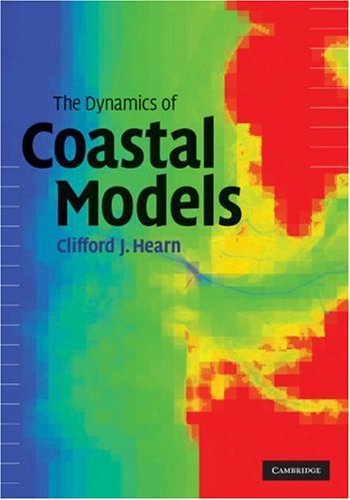

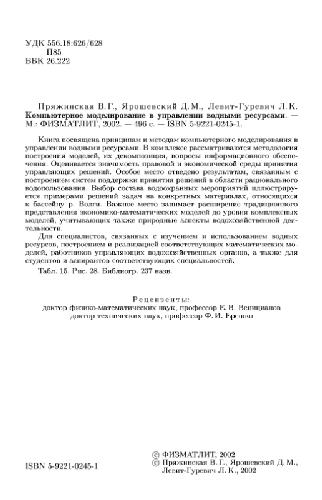
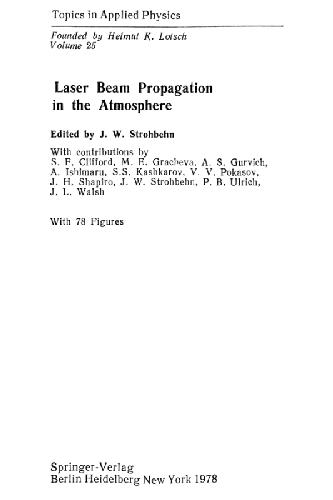
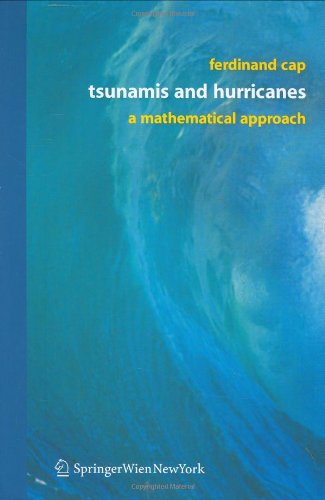
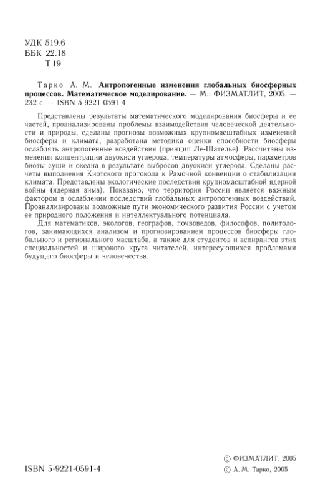
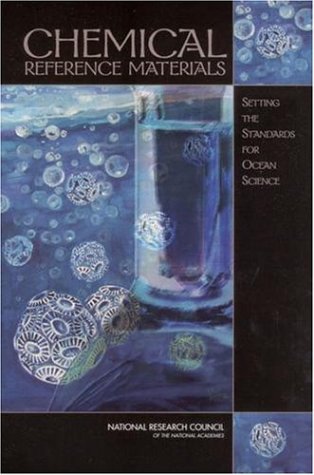
Reviews
There are no reviews yet.